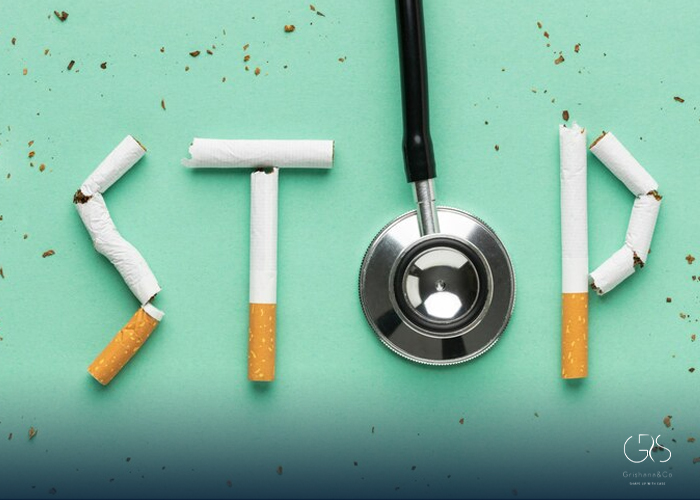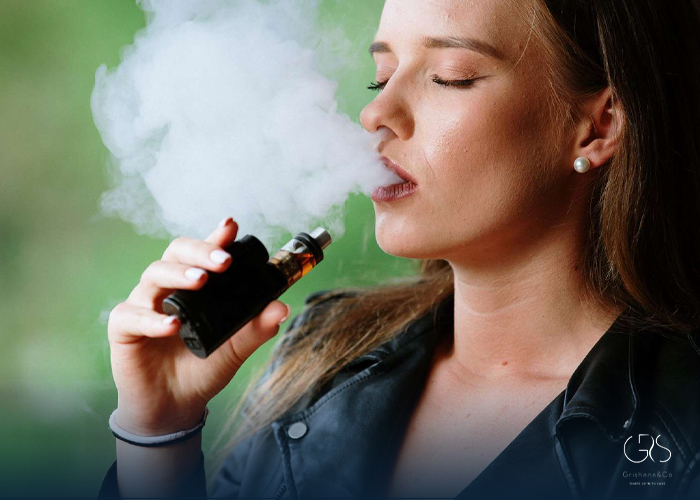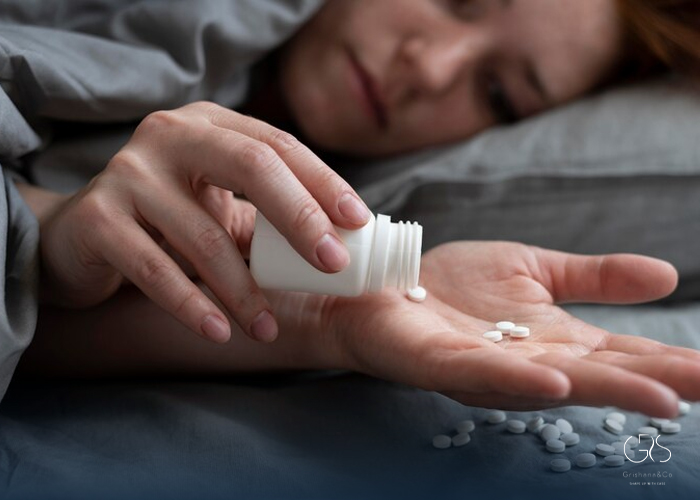Sexual addiction disorder is a behavioral condition in which a person experiences overwhelming urges or compulsions toward sexual activity that interfere with their daily life. It is not simply a matter of having a high sex drive or strong interest in intimacy — rather, it is a persistent pattern of behavior that continues despite negative emotional, social, or physical consequences.
The term has become widely discussed in recent years, particularly with the rise of internet pornography and digital dating. Many mental health professionals view the condition as a form of behavioral addiction, similar in nature to gambling disorder, while others see it as an impulse control problem. Regardless of classification, sexual addiction disorder can cause significant personal distress and disrupt relationships, work, and psychological health.
Understanding Sexual Addiction Disorder
The concept of sexual addiction disorder first gained attention in the 1980s, describing individuals who find themselves trapped in cycles of sexual behavior that feel beyond their control. Although its recognition varies among medical bodies, its symptoms and effects are widely acknowledged.
In the United States, the Diagnostic and Statistical Manual of Mental Disorders (DSM-5) does not formally list sexual addiction as a diagnosis. However, the World Health Organization (WHO) included a related category — Compulsive Sexual Behavior Disorder (CSBD) — in the International Classification of Diseases (ICD-11). This classification describes a persistent pattern of failure to control intense sexual impulses or behaviors that result in distress or impairment.
While debates continue about whether the condition should be considered an addiction or a compulsion, both perspectives agree on its impact on emotional regulation and the quality of life.
Causes of Sexual Addiction Disorder
The development of sexual addiction disorder often results from a complex combination of biological, psychological, and environmental influences. These factors interact differently for each individual but share common themes.
1. Neurobiological Influences
Neuroimaging studies show that compulsive sexual behavior activates the same reward circuits in the brain as substance use. Dopamine, a neurotransmitter responsible for pleasure and motivation, is repeatedly released during sexual activity. Over time, this can desensitize the brain’s reward system, leading to tolerance — meaning individuals need increasingly intense experiences to feel the same satisfaction.
2. Psychological and Emotional Roots
For many, sexual addiction disorder serves as a coping mechanism. Individuals may use sexual behavior to escape emotional pain, trauma, or loneliness. People who have experienced childhood neglect, abuse, or attachment problems may turn to sexual activity as a source of comfort or control. In this way, the disorder often coexists with anxiety, depression, and post-traumatic stress disorder.

3. Social and Environmental Factors
In today’s hyperconnected digital age, access to sexual content is easier than ever. The anonymity of the internet, coupled with social isolation, can intensify compulsive sexual behavior. Cultural factors — such as shame around sexuality, unrealistic media portrayals, and lack of open discussion — may further reinforce the cycle of secrecy and guilt.

Common Signs and Symptoms
Recognizing the difference between a healthy sexual appetite and a problematic compulsion is critical. The following signs may indicate sexual addiction disorder:
Persistent, intrusive sexual thoughts that dominate one’s attention
Spending excessive time planning or engaging in sexual activity
Unsuccessful attempts to cut back or stop the behavior
Neglecting relationships, work, or health due to sexual preoccupation
Engaging in risky or unsafe sexual practices
Using sexual behavior to manage stress, boredom, or negative emotions
Feeling guilt, shame, or despair after sexual activity
When these behaviors continue despite clear harm, they are typically symptomatic of an underlying disorder rather than ordinary desire.
Impact on the Brain and Behavior
Scientific research shows that the neural mechanisms behind sexual addiction disorder overlap significantly with those of other addictions. The brain’s reward centers — including the nucleus accumbens and prefrontal cortex — become overstimulated by repeated sexual gratification.
This repeated stimulation strengthens the association between sexual cues and pleasure, creating a craving cycle that reinforces compulsive behavior. Over time, the prefrontal cortex, responsible for impulse control and decision-making, loses its regulatory influence. As a result, individuals may act on urges even when they consciously want to stop, leading to a cycle of relapse and frustration.
Diagnosis and Ongoing Debate
The diagnosis of sexual addiction disorder remains controversial within psychiatry. While some clinicians advocate for its recognition as a behavioral addiction, others argue that labeling normal variations in sexual behavior as “disorder” risks pathologizing human sexuality.
Despite differing opinions, assessment generally focuses on the degree of control a person has over their behavior and the extent of harm it causes. Clinicians typically evaluate:
Frequency and intensity of sexual urges
Loss of control or inability to stop
Impact on relationships, work, or self-esteem
Co-occurring conditions such as substance abuse or mood disorders
This comprehensive approach ensures that treatment addresses both the symptoms and underlying psychological issues.
Treatment for Sexual Addiction Disorder
Effective treatment involves addressing both the compulsive behavior and the emotional factors driving it. A combination of psychotherapy, medication, and peer support often yields the best results.
1. Psychotherapy
Cognitive Behavioral Therapy (CBT) is one of the most effective treatments for sexual addiction disorder. It helps individuals identify distorted thought patterns and triggers that fuel compulsive behaviors. Through CBT, patients learn to replace harmful coping mechanisms with healthier responses.
Other therapeutic approaches, such as Acceptance and Commitment Therapy (ACT), trauma-informed therapy, and psychodynamic counseling, focus on emotional regulation and self-awareness.

2. Group Support
Programs like Sex Addicts Anonymous (SAA) and Sexual Compulsives Anonymous (SCA) offer a supportive community where individuals can share experiences without judgment. The 12-step model promotes accountability, structure, and connection — all of which are crucial for long-term recovery.
3. Medication
While no specific drug targets sexual addiction disorder directly, medications that regulate mood and impulse control can help. Selective serotonin reuptake inhibitors (SSRIs) are sometimes prescribed to reduce obsessive urges. In certain cases, naltrexone — used in treating substance addictions — may help lessen cravings by dulling the brain’s reward response.
4. Lifestyle and Mindfulness
Integrating mindfulness practices, physical exercise, and lifestyle restructuring helps individuals stay grounded and self-aware. These approaches reduce impulsivity and improve emotional balance, creating space for healthier forms of intimacy and connection.
Recovery and Relapse Prevention
Recovery from sexual addiction disorder is not about abstinence from sexuality but about regaining control and aligning behaviors with personal values. Healing requires patience, commitment, and self-compassion.
Successful recovery often includes:
Identifying triggers and developing alternative coping strategies
Setting healthy boundaries in relationships
Building trust through honesty and communication
Ongoing therapy or support group participation
Relapse prevention is central to recovery. Journaling, accountability partners, and mindfulness can help individuals maintain awareness and avoid falling back into destructive cycles.
Education, Prevention, and Public Awareness
Raising awareness about sexual addiction disorder helps reduce stigma and encourages affected individuals to seek help early. Public education about healthy sexuality, emotional regulation, and online behavior is key to prevention.
Parents, educators, and healthcare professionals can play an important role in promoting healthy sexual development and reducing shame around discussions of intimacy. A compassionate, evidence-based understanding of the condition ensures that those affected receive support rather than judgment.
Conclusion
Sexual addiction disorder represents a genuine mental health challenge that disrupts emotional stability, relationships, and overall well-being. Although experts debate its classification, there is broad agreement that the behaviors and suffering it causes are real and treatable.
Through therapy, medication, support groups, and education, individuals can rebuild their lives and achieve meaningful recovery. Recognizing that this condition stems not from moral failure but from a complex interaction of biology and psychology is vital. With empathy and understanding, society can better support those affected on their path to healing.
Sources
- American Psychiatric Association, Diagnostic and Statistical Manual of Mental Disorders
- World Health Organization. (2019). International Classification of Diseases, 11th Revision (ICD-11), Compulsive Sexual Behavior Disorder
- Online Library Kraus, S. W., Krueger, R. B., Briken, P., et al, Compulsive Sexual Behaviour Disorder in the ICD-11
- MDPI Love, T., Laier, C., Brand, M., Hatch, L., & Hajela, R. (2015), Neuroscience of Internet Pornography Addiction: A Review and Update








